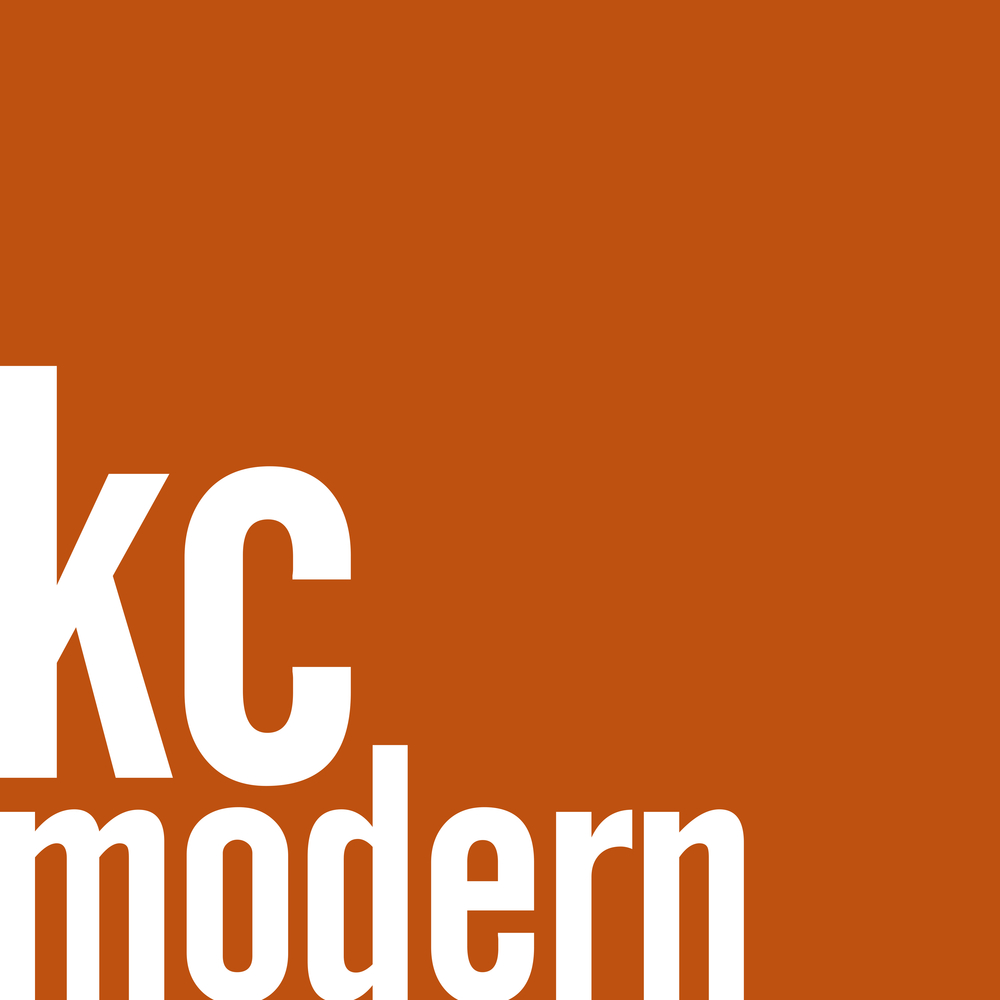 We are posting information about the Tour and Architect, David B. Runnells almost every day, so check out some of the older posts and keep coming back here often.
We are posting information about the Tour and Architect, David B. Runnells almost every day, so check out some of the older posts and keep coming back here often.KCMODERN presents:
When Mid-Century Modern was GREEN
David B. Runnells Climate-Wise Home Tour & Patio Party
Saturday, September 19, 2009, 7:00-9:00 PM
200 W. 94th Street & Wornall Road, Kansas City, Missouri
Park at the Temple at 9400 Wornall and cross street to 94th.
Meet other Modern enthusiasts and experience a unique
Mid-Century Modern “Country Home” designed by David B.
Runnells to be sustainable in 1950. Enjoy campfire food and
yard beer at this special “recession proof” KCMODERN
event. Limited advance reservations are available for $10
per person until Thursday, September 17th. A separate ticket
is required for the Sunday tour.
Cranbrook To Kansas City
David B. Runnells Mid-Century Modern Homes Tour
Sunday, September 20, 2009, 2:00-5:00 PM
This tour will require driving to multiple homes so start early.
Start at 7300 Roe Circle, Prairie Village, Kansas.
Park at Baptist Church, 75th & Roe, walk north to Roe Circle.
Or start at 2400 W. 86th Terr. & Lee Blvd. Leawood, Kansas.
There will be limited parking on 86th Terr. Cul-de-sac.
See at least 8 cool examples of Mid-Century Modern
homes designed by Architect, David Benton Runnells.
Tickets are $15 in advance or $20 the day of the tour.
Limited tickets will be sold at the event registration tables
on a first come first served basis, so buy your tickets now!
Order Your Tickets Today
Make your checks payable to KCMODERN and send payment to KCMODERN, 5301 W. 66th Terrace, Prairie Village, KS 66208. All advanced tickets to be picked up the day of the events at the registration table. We will tour the homes regardless of weather. More info at 913.262.5056 or http://www.kcmodern.blogspot.com/.
KCMODERN raises awareness and promotes preservation of Modern Architecture and Design. Proceeds from this event willfund future KCMODERN events and modern activities.





 Name: Case Study No. 4, Greenbelt House
Name: Case Study No. 4, Greenbelt House







 bedroom wing, additional bedrooms to be added later at lower level
bedroom wing, additional bedrooms to be added later at lower level





 wall between dining area and kitchen
wall between dining area and kitchen


















 9:00 PM central time.
9:00 PM central time. Name: Runnells Residence
Name: Runnells Residence
















